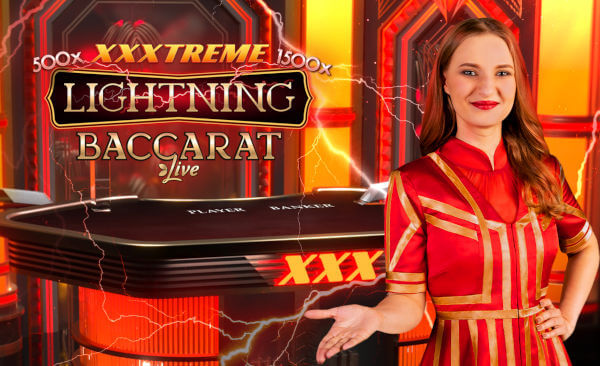
Baccarat is a card game that has captivated players with its elegance and simplicity for centuries. Its origins trace back to 15th-century Italy, where it was known as baccara, which means “zero” in Italian. This name refers to the game’s rule that face cards and tens are valued at zero Bacará grátis . The game was first played among the Italian nobility, who were drawn to its refined nature and straightforward rules.
In the 19th century, baccarat moved from Italy to France, where it became a favorite pastime of the French aristocracy under the name Chemin de Fer. In this version, players took turns acting as the Banker, which added a layer of strategy and social interaction to the game. As baccarat’s popularity spread across Europe, it eventually found its way to the united states, where it was adapted into the various forms of baccarat played in casinos today.
Understanding the Gameplay of Baccarat
Baccarat is a simple game with a few key rules that govern its play. The objective is to bet on which of two hands—the Player’s hand or the Banker’s hand—will have a total value closest to nine. Players also have the option to bet on a Tie between the two hands. Baccarat uses one or more standard 52-card decks, and the value of the cards is as follows:
Cards 2 through 9: Face value.
10s, Jacks, Queens, and Kings: Worth zero points.
Aces: Worth one point.
Each round begins with the Player and the Banker being dealt two cards. The total value of each hand is determined by summing the values of the cards, with only the last digit of the total being used. For instance, if a hand contains a 7 and an 8, the total is 15, but in baccarat, this counts as 5. The hand with a total closest to nine wins the round. Players place their bets on the Player’s hand, the Banker’s hand, or a Tie, and the game proceeds according to a set of fixed drawing rules.
Popular Variants of Baccarat
Baccarat offers several variants, each with its own unique features and appeal:
Punto Banco: The most common version of baccarat, especially in casinos in North america and the UK. In Punto Banco, the outcome is determined by fixed rules, and players bet on the Player’s hand, the Banker’s hand, or a Tie. The simplicity of this version makes it popular among casual and serious gamblers alike.
Chemin de Fer: A traditional French version where players take turns as the Banker. In Chemin de Fer, players can make strategic decisions about drawing a third card, which adds an element of skill and interaction to the game.
Baccarat Banque: A variant similar to Chemin de Fer, but with a permanent Banker role. Players challenge the Banker’s hand, which introduces a competitive dynamic and often higher stakes.
Strategies and Tips for Success in Baccarat
While baccarat is primarily a game of chance, players can employ various strategies to manage their bets and improve their odds:
Bet on the Banker: Statistically, betting on the Banker’s hand has the best odds due to the lower house edge. Although the Banker’s bet is subject to a 5% commission, it remains the safest bet in baccarat.
Avoid the Tie Bet: The Tie bet offers a high payout but comes with a significantly higher house edge. For most players, avoiding this bet is the best strategy for long-term success.
Use a Betting System: Betting systems like the Martingale, Paroli, and 1-3-2-6 systems are popular among baccarat players. The Martingale system involves doubling your bet after a loss, while the Paroli system increases bets following a win. The 1-3-2-6 system is a structured approach where bets follow a specific sequence.
Baccarat’s Modern Appeal
Baccarat continues to be a symbol of luxury and excitement in the casino world. Its association with high-stakes gambling is often highlighted in popular culture, such as in Ian Fleming’s Casino Royale, where James Bond’s baccarat game represents sophistication and glamour.
In the modern gaming environment, baccarat remains a staple in both land-based and online casinos. Online platforms offer a variety of baccarat games, including live dealer options that recreate the casino experience from anywhere in the world. This accessibility ensures that baccarat’s appeal endures and reaches a diverse, global audience.
Conclusion
Baccarat is more than just a card game; it is a timeless symbol of elegance and chance. With its historical origins in Italy, its evolution through the French aristocracy, and its current status as a beloved casino classic, baccarat offers an engaging and refined experience for players. Whether drawn to its rich history, its straightforward gameplay, or the thrill of high-stakes action, baccarat remains a cherished game in the world of casino entertainment.
This 500-word article provides a comprehensive overview of baccarat, covering its historical background, gameplay mechanics, popular variants, strategies, and modern appeal.